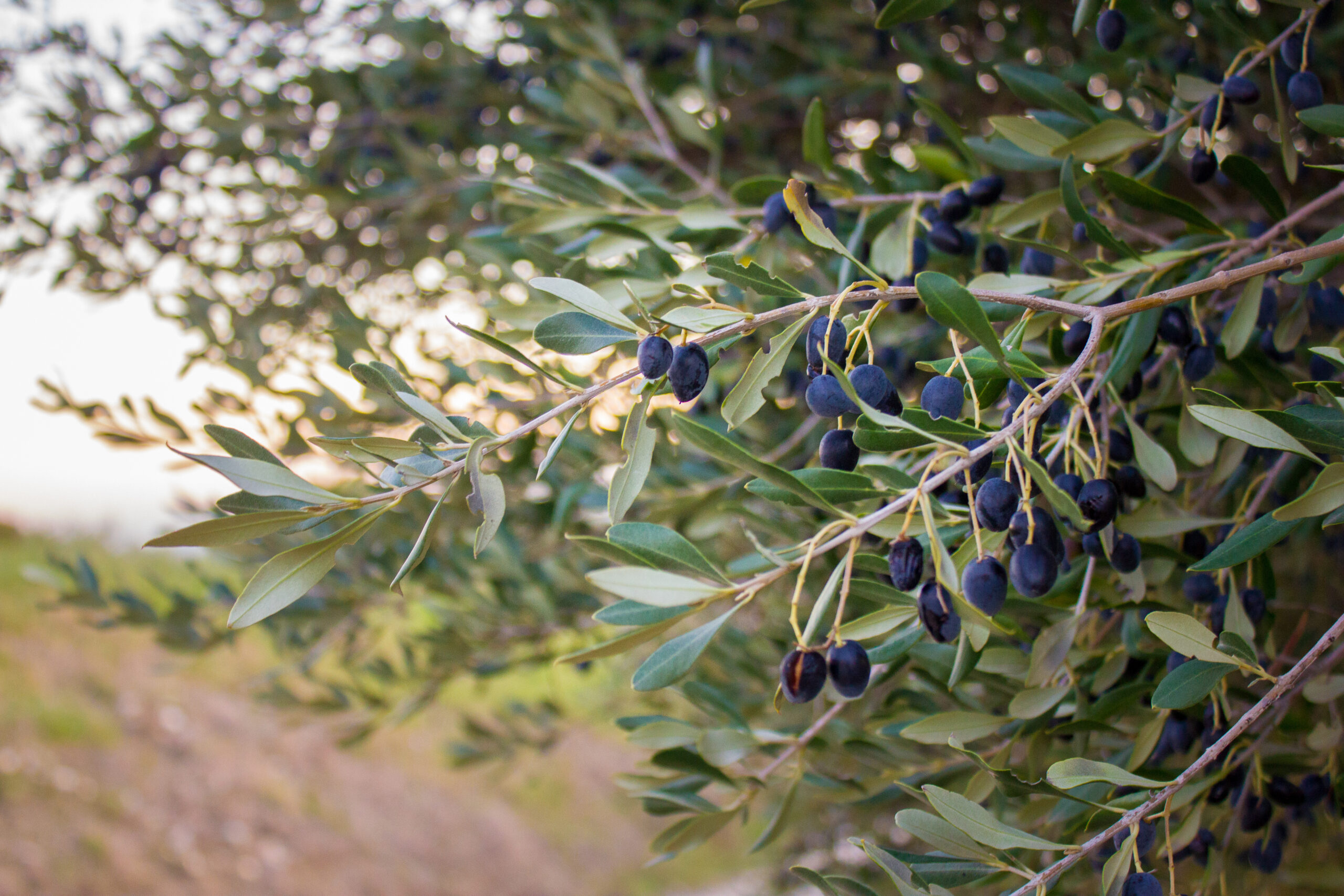Warmer, drier conditions on the way: Caring for olive trees during flowering

By Laura Thomas
Olive producers are being encouraged to ensure plenty of water is on hand to water flowering trees, as a rare phenomenon threatens earlier predictions of a wetter than average spring.
According to reports, a 30C temperature rise over Antarctica – known as Sudden Stratospheric Warming (SSW) – has the potential to disrupt weather patterns for months.
The BOM’s long-range forecast is still tipping average rainfall for large parts of the country, however, experts say news of the rare SSW phenomenon means Australians should be prepared for warmer, drier conditions.
AOA Chief Executive Officer Michael Southan encouraged olive growers to keep a close eye on their trees as the critical flowering stage of development begins.
“This event is making the start to spring much drier – it’s looking like there might not be quite as much rain as first thought,” he said.
‘It’s important growers keep an eye on their trees as they start to flower and put on plenty of water.
“Flowering is such a crucial part of olive growing – successful development of flowers into olive fruit will determine the quantity and quality of next year’s harvest.”
Keeping flowering olive trees healthy
Soil health and tree nutrition is vital as trees continue to flower and grow.
Good health is achieved from the ground-up and spring is a great time to apply a good, balanced fertiliser to kick new growth in to gear.
Read more on the important role healthy soils play in producing healthy trees and lifting grove productivity, or review the Healthy Soils Field Day report, via the AOA website.
Unfortunately, warmer weather and wet tree canopies are also the perfect breeding ground for pest and disease, so it’s important growers remain vigilant, regularly inspect their trees and know how to identify the early signs of an outbreak.
Australian olive growers would be familiar with black scale, anthracnose and the dreaded olive lace bug – the nation’s number one olive pest.
New infestations can occur at any time during the growing season – especially during a wet, warm spring.
Swift action is the best way to ensure a healthy crop and successful harvest in 2026, so ensure infected trees are promptly treated.
Read more about some of the most common and destructive insect pests affecting olive trees, or consult the Olive IPDM Best Practice Manual by Robert Spooner-Hart and Len Tesoriero.
Good airflow is crucial to preserving new growth during a cold snap – a tip particularly relevant to growers located in South Australia and Tasmania.
Under-canopy pruning will allow air to circulate freely around the bottom of the tree and keep the unwanted effects of frost at bay.
More information
Looking for more? AOA membership unlocks a further wealth of exclusive information and resources.
It definitely pays to be a member of the nation’s peak industry body representing Australian olive growers. Visit the website to find out more.
www.bom.gov.au
www.abc.net.au
www.sbs.com.au/news
www.australianolives.com.au
